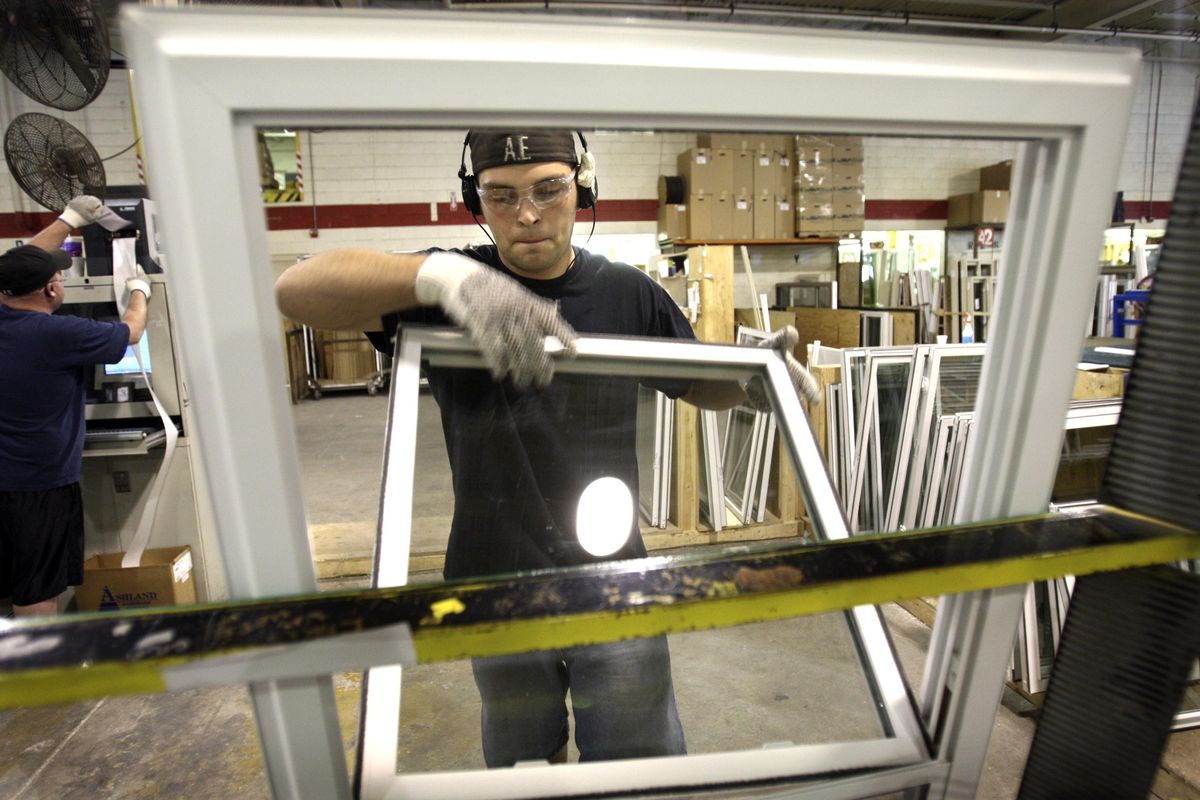Economic data offer some hope
Factory orders up; recovery expected to be slow and long

WASHINGTON – New signals the recession could be nearing a bottom emerged Wednesday in figures showing that orders to U.S. factories surged last month for everything from computers to aircraft and that a gauge of business investment rose by the most in nearly five years.
Still, an unexpected drop in new-home sales in May made clear that any rebound in the housing market, and the broader economy, likely will be long and slow.
Economists said the two reports showed an economy no longer in free-fall but still unable to mount a sustained recovery from the longest recession since World War II.
Hours after the Commerce Department figures were released, policymakers at the Federal Reserve decided to leave a key interest rate unchanged at a record low between zero and 0.25 percent, where it has been since December. Wrapping up a two-day meeting, the central bank repeated a pledge to leave rates low “for an extended period” to give the weak economy time to heal.
Though energy and other commodity prices have risen recently, the Fed said inflation will remain “subdued for some time.” But Fed policymakers offered no new assurances that they would step up their purchases of government bonds and mortgage securities to try to drive down rates on consumer debt. That rattled bond investors who fear the prospect of higher interest rates. So did the Fed’s observation that commodity prices are rising.
The mention of higher prices hit the Treasury market because the value of returns on fixed-income investments can erode quickly if inflation occurs. Stocks also fell after the Fed’s announcement. The Dow Jones industrial average closed down 23 points at 8,299.86. Broader stock averages ended the day higher, though.
The 1.8 percent increase in durable goods orders in May was far better than the 0.6 percent decline that economists expected. It matched the rise in April, with both months posting the best performance since December 2007.
Orders for non-defense capital goods, a proxy for business investment plans, jumped 4.8 percent, the biggest increase since September 2004. That could signal that businesses have stopped trimming their investment spending.
The back-to-back monthly gains in orders for durable goods – items expected to last at least three years – were further evidence that a dismal stretch for U.S. manufacturers may be nearing an end. But analysts say any sustained rebound is months away.
Rebecca Blank, undersecretary of commerce for economic affairs, cautioned against reading too much into the big jump in durable goods orders because the data can be volatile. But she said the report appears to show that the recent plunge in activity has subsided.
“The $64,000 question is how long we will be in this flat period,” Blank said in an interview.
The other government report showed new home sales dropped 0.6 percent in May to a seasonally adjusted annual rate of 342,000, from a downwardly revised April rate of 344,000.